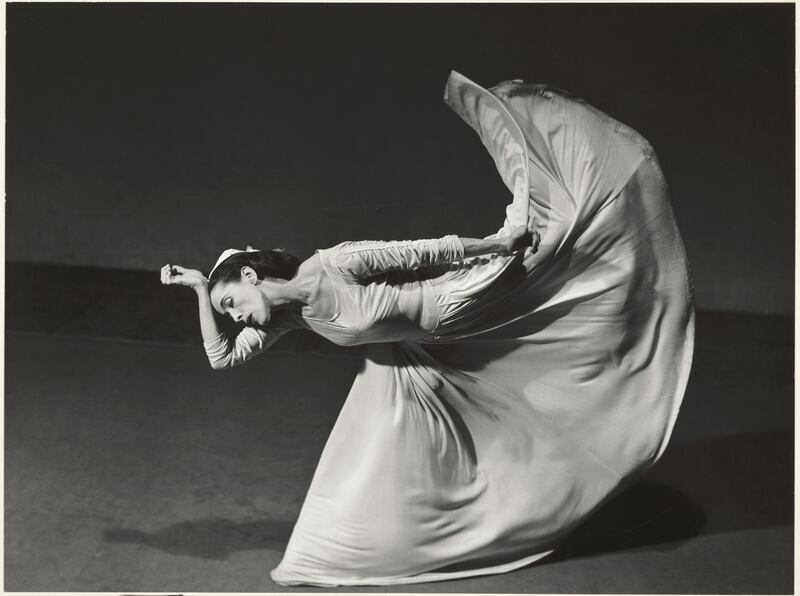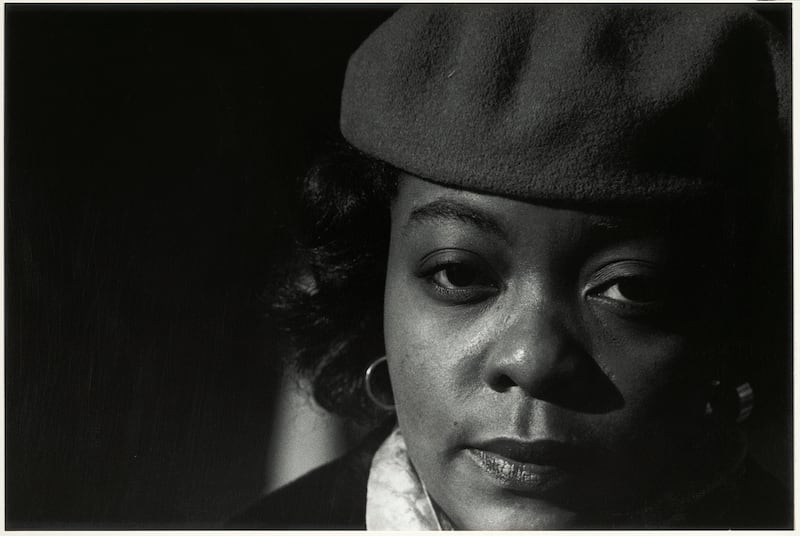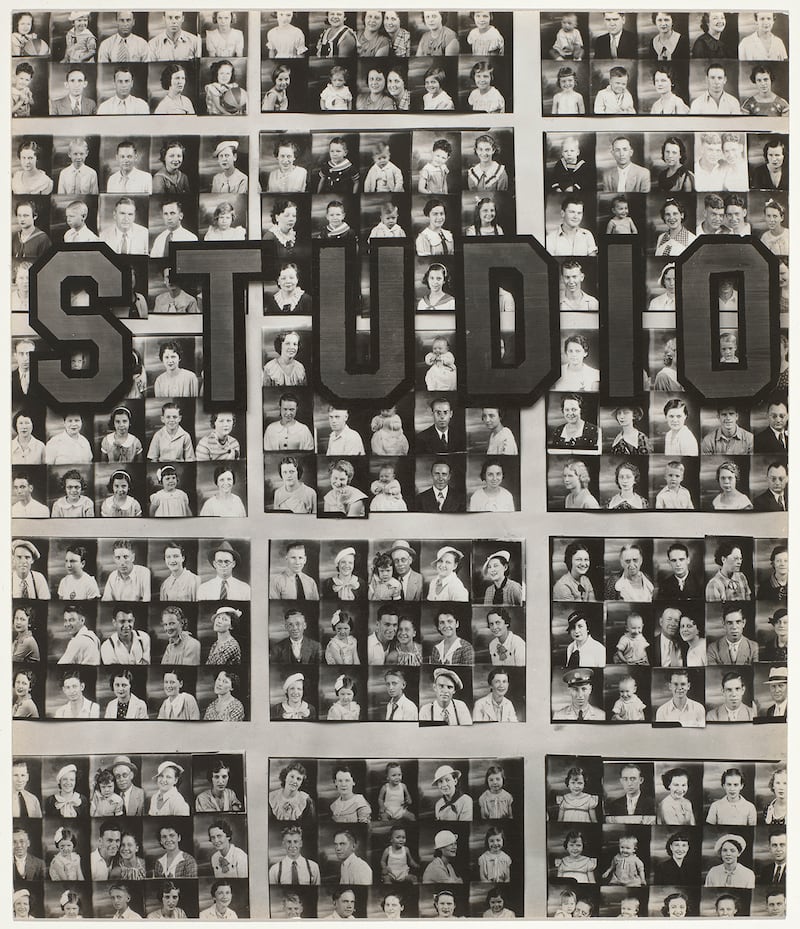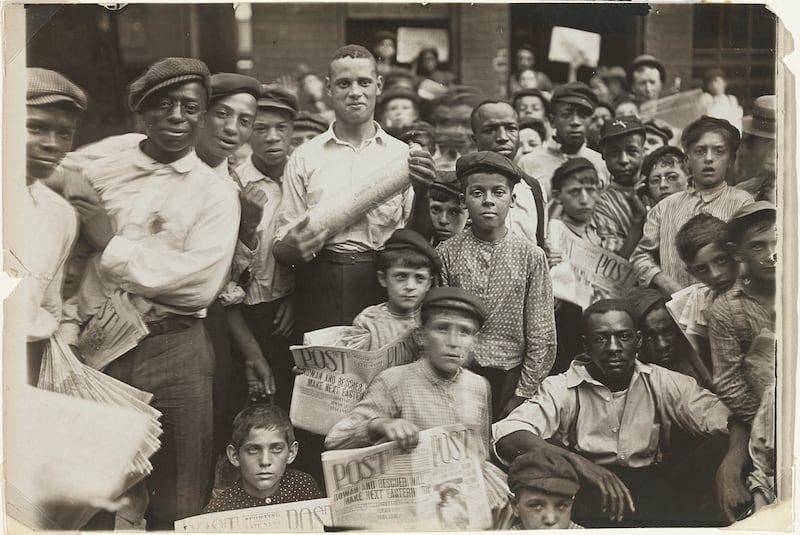As with so much else, from hesitant beginnings, digital technology transformed photography in a relatively short time. An egalitarian trajectory is apparent in advances in photographic technology throughout the 20th century – progressively smaller, more versatile cameras, increasingly streamlined processing and printing enabling accessibility via an ever expanding amateur market.
But add digital imaging, computational capacity and the internet-connected smartphone and things have changed fundamentally and unpredictably. The mind-boggling proliferation of photographic images, their rapid circulation and their software-enhanced sophistication would have been unimaginable just a few decades ago.
In the selfie-obsessed Instagram age, the collection that forms the substance of Moment in Time is a historical phenomenon, yet it is also amazingly immediate, relevant and arresting
From the perspective of the selfie-obsessed Instagram age, the collection that forms the substance of Moment in Time: A Collection of Photographs from the Bank of America Collection, is a historical phenomenon, yet it is also amazingly immediate, relevant and arresting. As photographic curator Deborah Klotchko observes in her introduction to the show, the first corporate collection of photography in the United States was formed only in the late 1960s. There were of course several institutional collections in existence long before then, including that of the Museum of Modern Art.
In 1967, Samuel William Sax of the National Bank of Chicago approached Beaumont Newhall, who had been MoMA’s first curator of photography, to sound him out on establishing a photography collection.


Beaumont, an enormously influential and extremely industrious figure, who wrote a history of photography that is still highly regarded and available, worked a great deal with his wife Nancy (nee Wynne), herself well known as a writer on photography and a curator.
The fact that she has often been presented as second fiddle in their relationship certainly has to do with the gender bias endemic at the time and for a long time since. She worked closely with Ansel Adams and Edward Weston, for example. She and Beaumont championed a particular aesthetic, one that might be described as the classical American tradition of art photography. There were other views on photography, of course, but Beaumont and Nancy were reasoned, passionate advocates of their own.
Sax was a photography enthusiast who had been a collector for decades. It was not unknown for banks to build art collections, usually of paintings and sculptures. But photography was slightly beyond the pale for institutions that wanted to project a sense of their own solidity, history and even an intimation of permanence. His initiative coincided with a remodelling of the bank’s internal layout and the nature of its customer interactions.
Newhall was enthusiastic but busy, and he suggested Nancy might proceed with the project. She set to work with zeal, mapping out desirable and practical acquisitions with her exceptionally detailed personal knowledge of the photographers and their work – and of what was available of it at reasonable prices.


She grounded the collection in the 19th century and moved on through the 20th century to incorporate current work. As it happened, the bank’s first photographic exhibition was devoted to the work of Edward Steichen, who Sax greatly admired. Klotchko points out that Steichen’s appointment as director of MoMA’s photography department in 1946 precipitated Nancy and Beaumont Newhall’s departure from the museum. They felt his commitment to documentary and social photography conflicted with their priorities. There was, reputedly, a specific animosity between Steichen and Nancy Newhall.
In the event, all went well, and the Newhalls’ involvement with the collection continued even after they moved on and a new curator took over. Continued, in fact, until Nancy’s death in 1974, following an accident in which she was fatally injured by a falling tree. A few years later, Sax’s involvement with the bank, and the collection, ceased as a result of a family dispute after his father’s death. Both bank and collection came into the possession of the Bank of America in 2008.
The work in Moment in Time is testament to Nancy Newhall’s unparalleled knowledge of the photography of her time and of photography’s history. It is an over-worked term, but many of the photographs she advised the bank to acquire are icons in the history of 20th century photography.
They include Barbara Morgan’s impeccable, formal study of the dancer and choreographer Martha Graham from her series The Dancers. At first glance it seems unlikely that Paul Caponigro’s dreamlike view of deer flowing through a wooded landscape might be Ireland, but he took the photograph in county Wicklow in 1967.


Given the origins of the collection, it is reasonable that there is an emphasis on the school of Chicago photographers, such as the great Harry Callahan, whose glimpsed view of a face in urban shadow reinforces Nelson Algren’s catalogue quote: “Chicago is an October sort of city even in spring.” The Newhalls partiality towards formalised images is evident in Arthur Siegel’s virtually abstract, glossy yellow, fragmentary view of Sportscar.
The Hungarian-French photographer, Brassaï – Gyula Halász – is best known for his documentation of the seamier side of the Parisian underworld after dark. His Couple au bal musette des Quatre-Saisons, Rue de Lappe, from 1932, is quite exceptional, a model of simplicity yet so richly atmospheric an image that it could, one feels, have prompted a Georges Simenon novel. Walker Evans’ Penny Picture Display, from 1936, reflects and anticipates the extraordinary popular appeal of photography as self-documentation.

Lewis Hine’s Newsboys, Cincinatti, also relates to the significance of mass media in burgeoning societies. It is not spelled out, but it is worth noting, that the preponderance of the untold millions of images snapped on smartphones have been significantly shaped by the work of the photographers whose work we see in Moment in Time.
Just as painters have both reflected and shaped ways of seeing, so do photographers. Photographic software in smartphones is inevitably tailored to the desired visual conventions. It is true that photographers, like painters, have also challenged ways of seeing, and Moment in Time is enlivened by challenges throughout.
Moment in Time: A Legacy of Photographs from the Bank of America Collection is in the Beit Wing of the National Gallery of Ireland, Dublin 2, until March 22nd, 2020; admission €15 (with concessions)


















